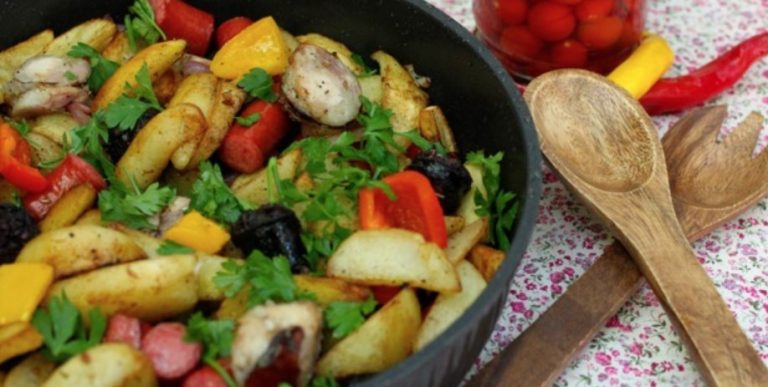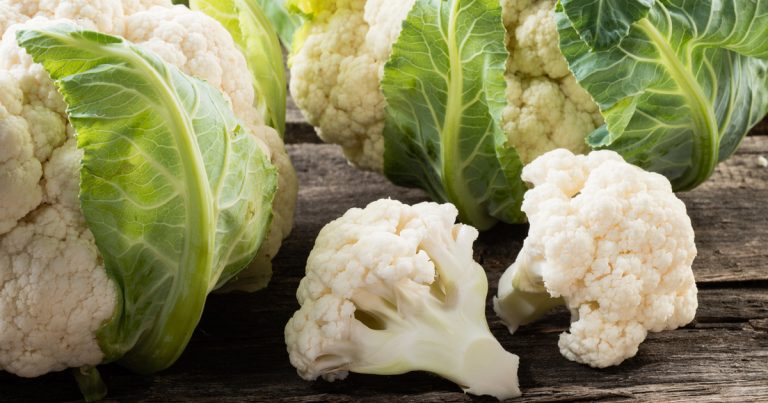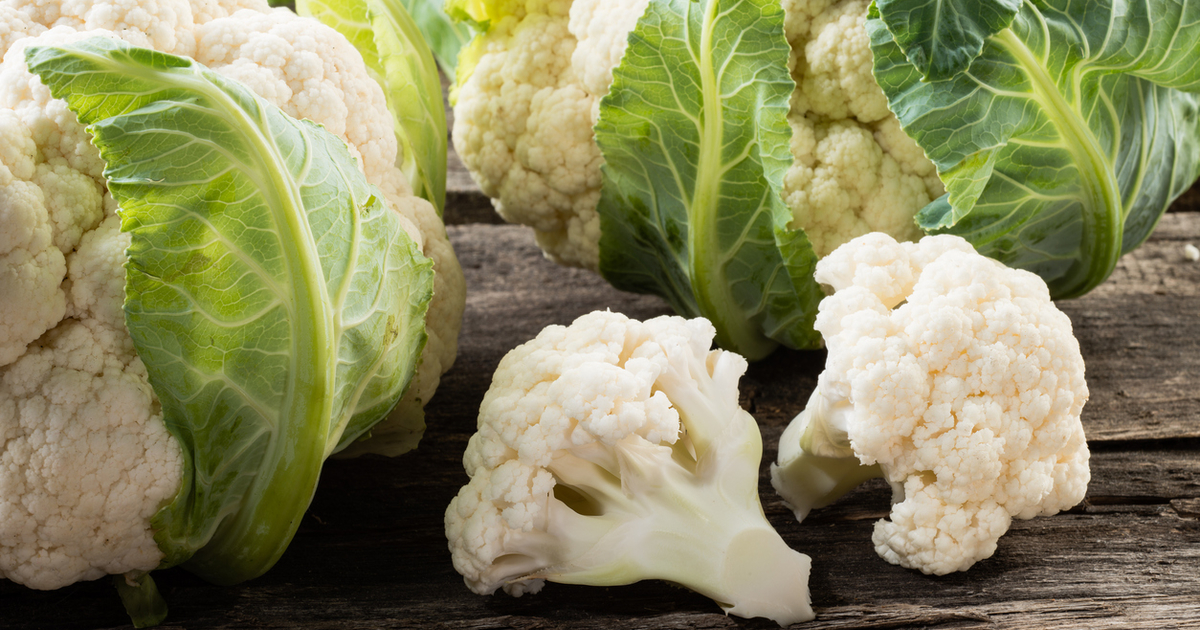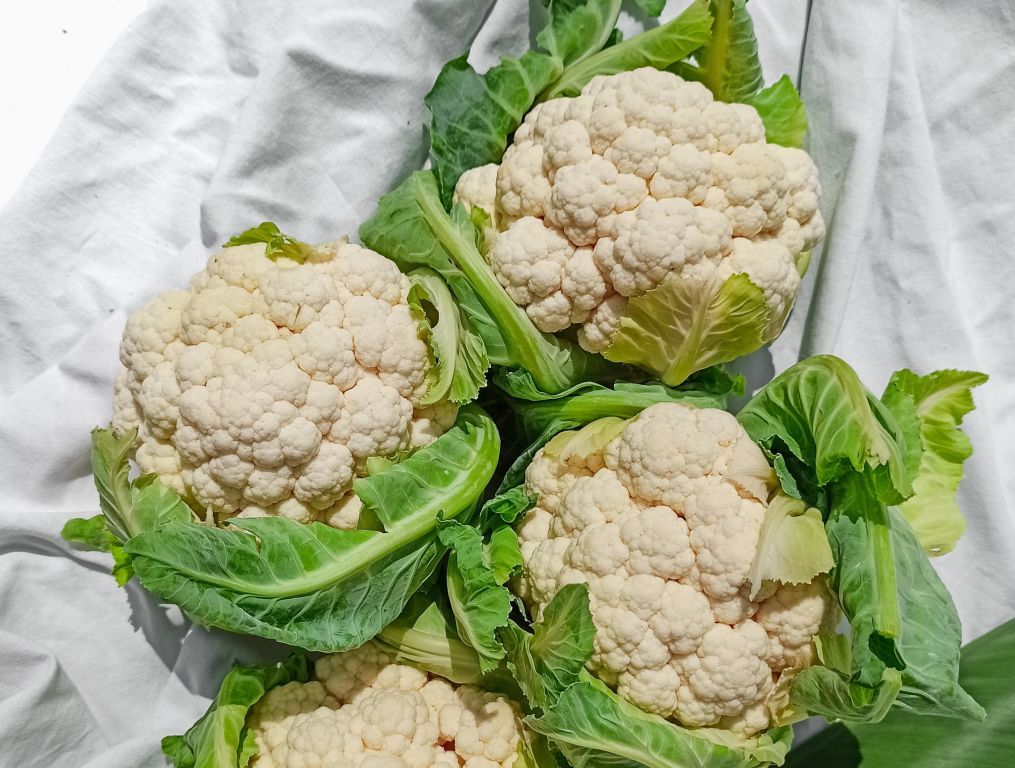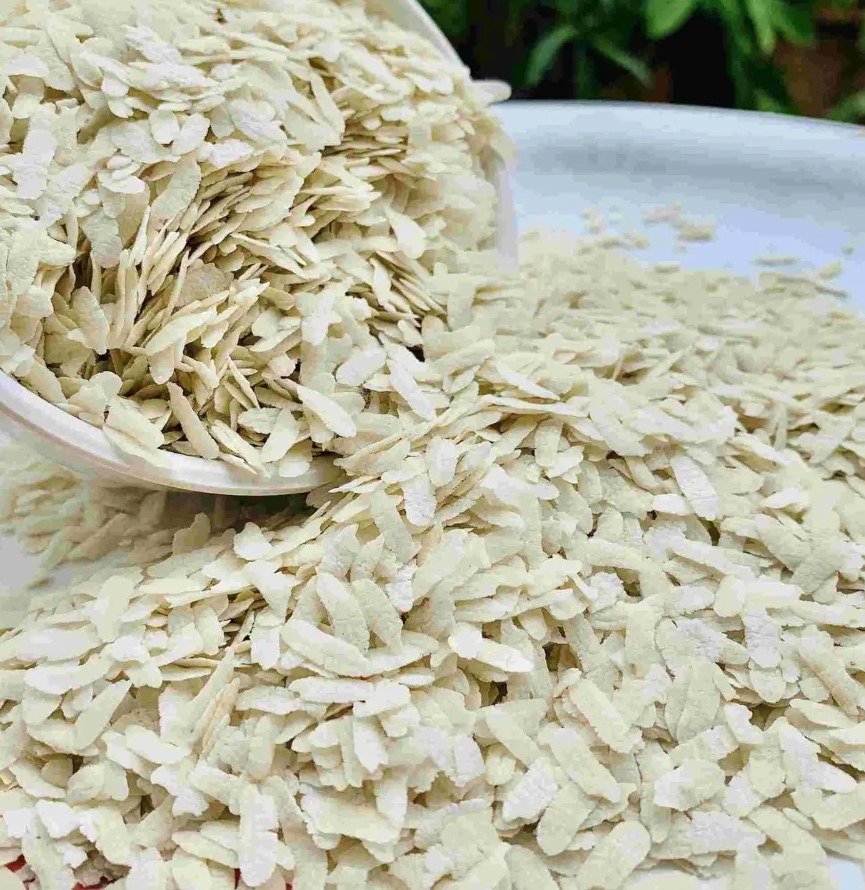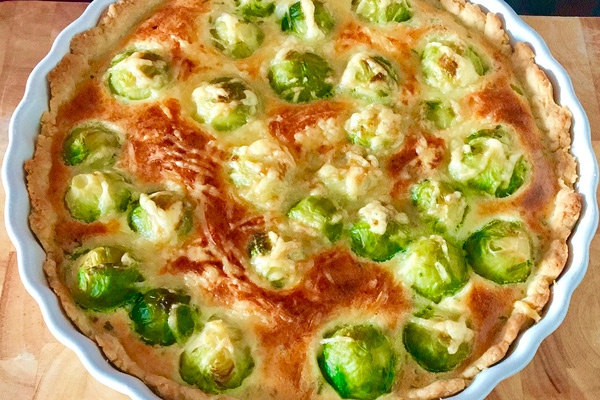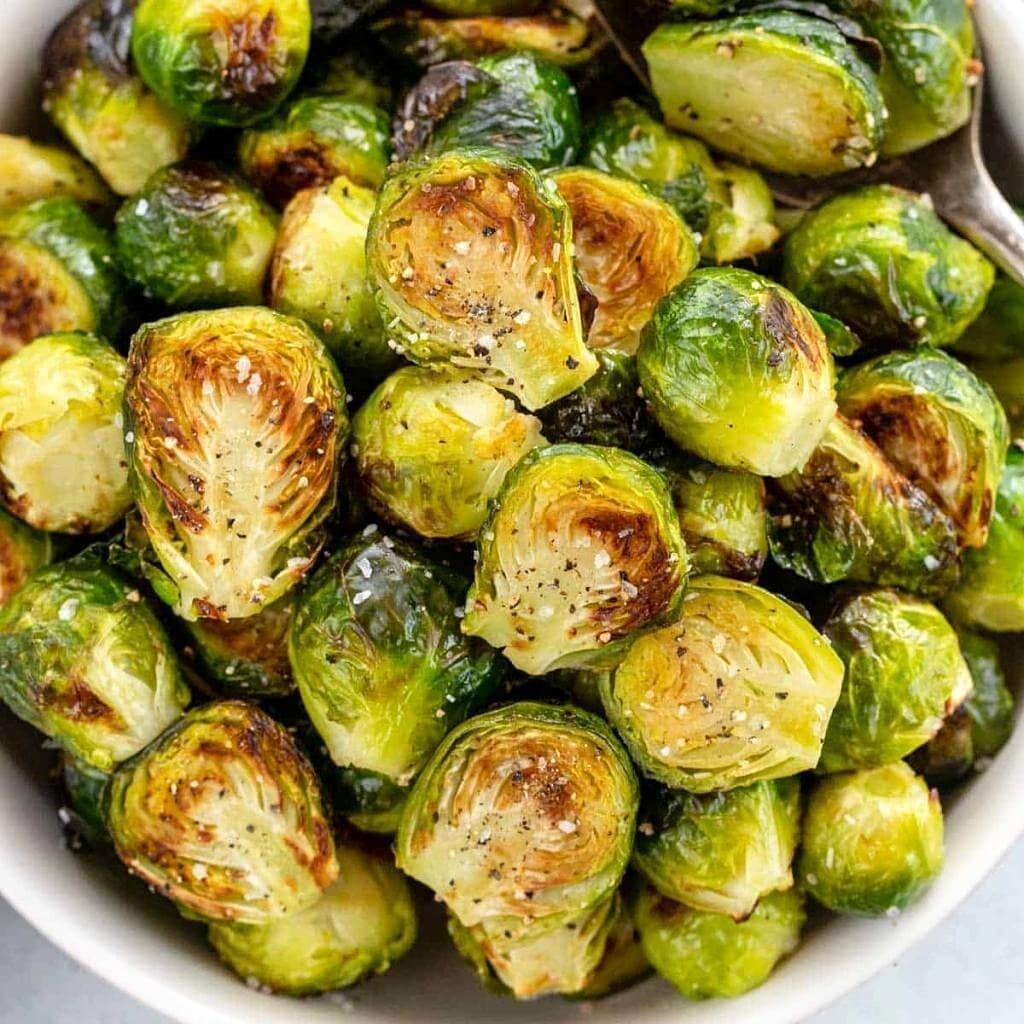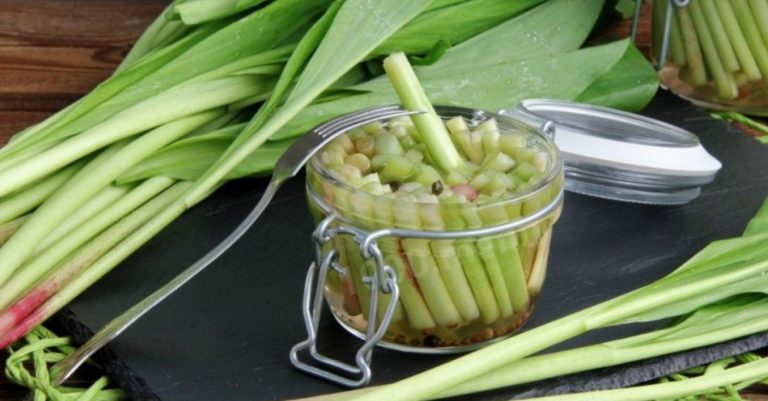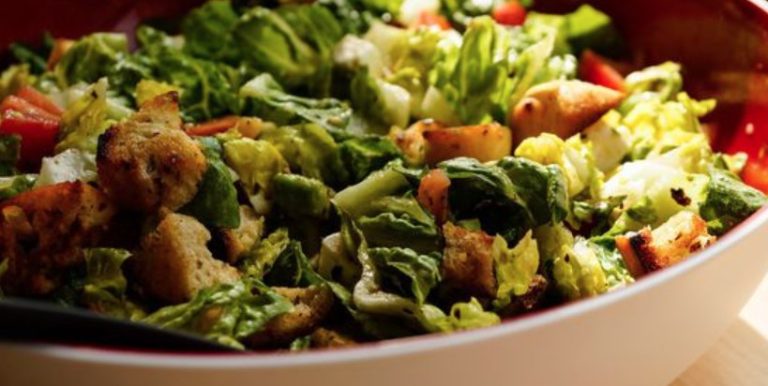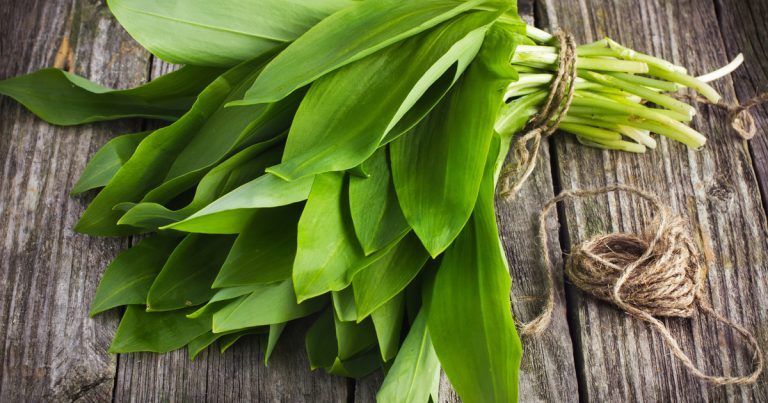Pizza Marinara is one of the most original pizza recipes. With just a few ingredients, the vegan pizza variant is quick and easy to prepare. We show you how to prepare pizza marinara.
The secret of this pizza lies in its simplicity. Pizza Marinara is the way of preparing one of the simplest pizzas from Naples. This recipe is traditionally prepared in Italian cuisine without cheese and is therefore suitable for vegans.
For the preparation, the fresh pizza dough is covered with tomato sauce, olive oil, oregano and garlic. When choosing your ingredients, make sure that they come from organic and regional cultivation.
The pizza tastes even better if you grow your own ingredients. You can easily plant garlic and oregano yourself, and tomatoes are also suitable for the balcony and garden.
Pizza Marinara: How to cook it

For this simple recipe you only need a rolling pin in addition to the ingredients. If you have problems with the dough, then read our article on yeast dough with valuable tips.
Ingredients:
250 g flour
125 ml warm water
0.5 pieces of yeast cubes
1 pinch(s) of salt
1 pinch(s) of sugar
125 ml tomato sauce
3 cloves garlic, chopped
2 pinch(s) fresh oregano, chopped
4 tablespoons olive oil
Directions:
Mix the flour with the warm water, yeast, and some salt and sugar in a large bowl.
Knead the flour mixture until you get an even mass. If necessary, add a little more water or flour if the dough is too wet or too dry.
Cover the dough with a damp kitchen towel and let it rise in a warm place for 60 minutes.
After the dough has risen, dust your work surface with some flour.
Preheat the oven to 200 degrees Celsius top/bottom heat. Preheating the oven is necessary here so that the pizza becomes crispy.
Roll out the dough evenly. Place the dough on your baking sheet without any toppings.
Spread the rolled out yeast dough with the tomato sauce.
Drizzle the pizza with olive oil, then sprinkle the chopped garlic and fresh oregano on top.
Bake the pizza in the oven for 10 minutes.
Tip: Every oven and every yeast dough is slightly different. Therefore the baking time can vary. If necessary, leave your pizza in the oven for another 5 to 10 minutes. It’s done when the edges turn a crispy brown color.
Pizza Marinara: Delicious variants

You can also spice up the pizza marinara with other ingredients. A few ideas for this are
Pizza Mediterranean: with zucchini, aubergine, and basil
Pizza Pesto: with fresh herbs and vegan pesto
Pizza Vegetariana: with corn, peppers, zucchini, and other fresh vegetables
Pizza Funghi: with mushrooms and oregano
Tip: Even with vegan pizza, you don’t have to do without cheese. After baking, sprinkle your pizza with a handful of yeast flakes or some vegan cheese.


